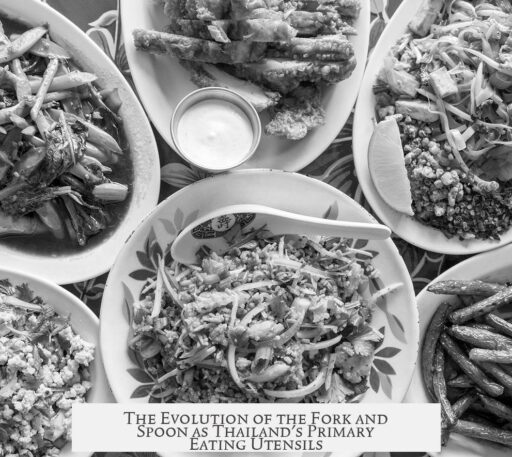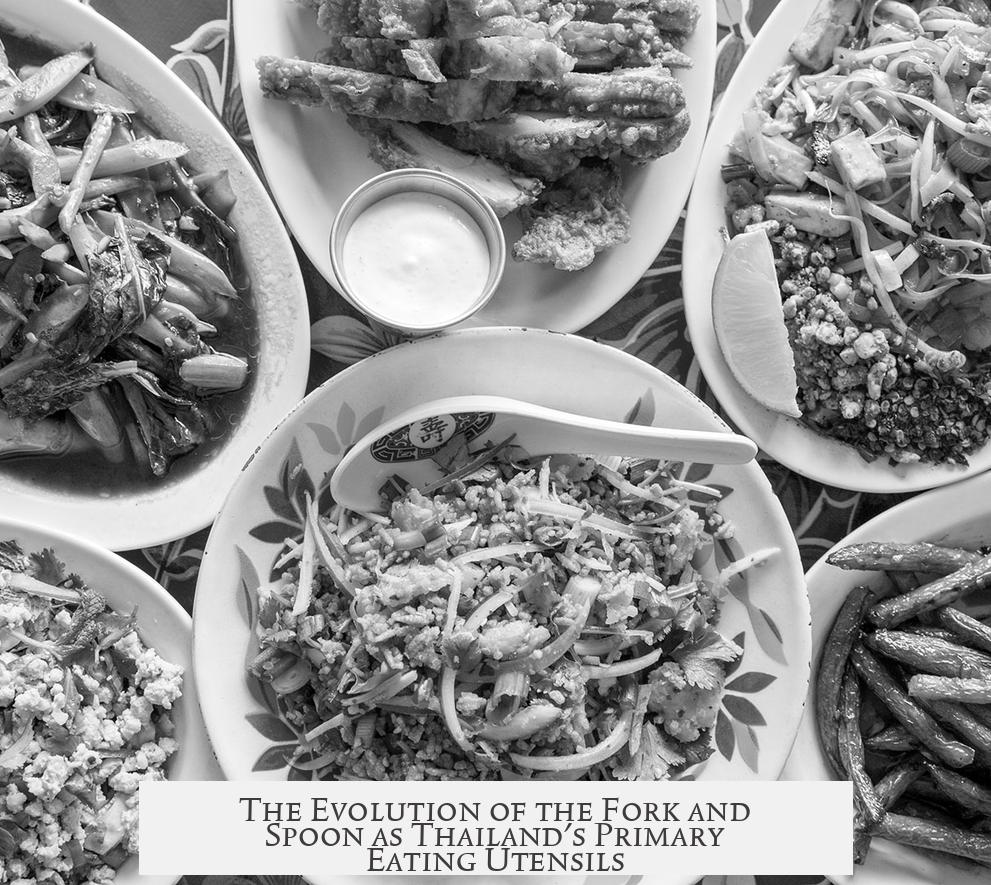The fork and spoon become the main eating utensils in Thailand during the 19th century under King Rama IV’s reign. This change emerges from a deliberate political and cultural strategy aimed at modernizing Thailand to resist Western colonization. The King adopts Western practices, including dining habits, to portray Thailand as a civilized, modern nation.
This Westernization involves several reforms. King Rama IV invites Western traders, reforms women’s rights, and introduces foreign experts. Notably, an English woman teaches his children Western language and culture, an episode famously dramatized in “The King and I.” The adoption of the fork and spoon fits within this broader context of cultural adoption and political maneuvering.
Specific stories exist explaining the fork and spoon’s adoption, though some are apocryphal. One tale suggests the King or his brother observed Western dining and found the fork and spoon preferable. The knife, widely used in the West, is rejected for cultural reasons. Traditional Thai meals rarely require cutting food at the table, and knives are associated with weapons, making them inappropriate for dining.
The King’s endorsement plays a crucial role in popularizing the fork and spoon throughout Thai society. This royal backing accelerates their acceptance and eventual dominance as eating utensils.
Practical reasons also support this choice. Thai cuisine includes many dishes with curries, soups, and gravies, making the spoon a practical utensil. Using a spoon to eat rice is tidier and more efficient than using a fork alone. The fork serves mainly to push food onto the spoon, not for stabbing.
Chinese cultural influences further shape this practice. Chopsticks, introduced by Chinese immigrants along with noodles, are used cautiously since stabbing food is considered poor etiquette. This respect for not stabbing food likely influences the Thai custom of using the fork to assist the spoon gently rather than for piercing food.
Finally, Thailand’s traditional hand-eating style avoids stabbing motions, making the fork and spoon’s coordinated use a natural evolution rather than a radical change.
| Key Factors | Details |
|---|---|
| Historical Context | Adopted under King Rama IV during 19th century Westernization |
| Political Strategy | Modernization to deter colonization |
| Utensil Choice | Fork and spoon preferred; knife rejected due to cultural reasons |
| Practicality | Matches Thai cuisine with soups and curries |
| Chinese Influence | Respect for etiquette and non-stabbing use of utensils |
- King Rama IV introduces fork and spoon in the 19th century during Westernization efforts.
- The fork and spoon replace hand-eating as a symbol of civilization and political strategy.
- The knife is rejected because it is unnecessary and linked to weaponry.
- Thai cuisine’s nature suits spoon use, especially for rice and liquid dishes.
- Chinese cultural influence discourages stabbing food, shaping utensil use.
This evolution shows how practical needs, cultural values, and political motives intertwine to shape dining customs in Thailand.




